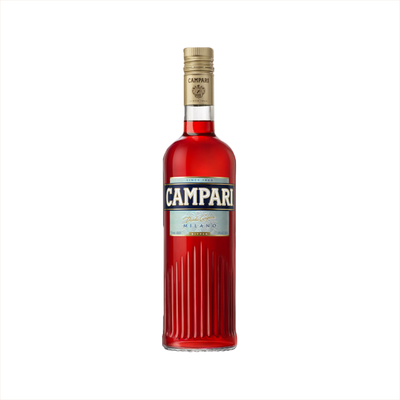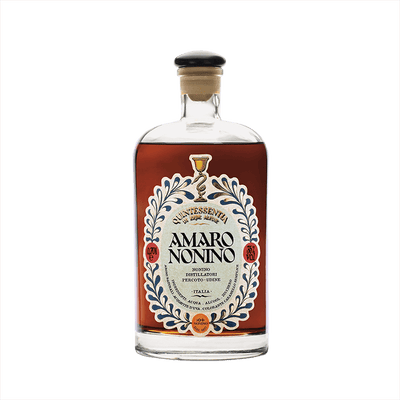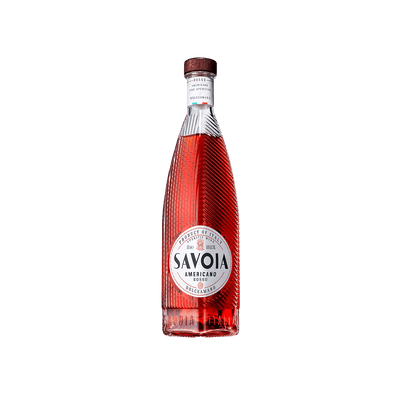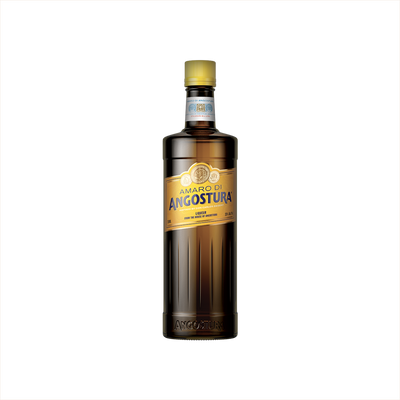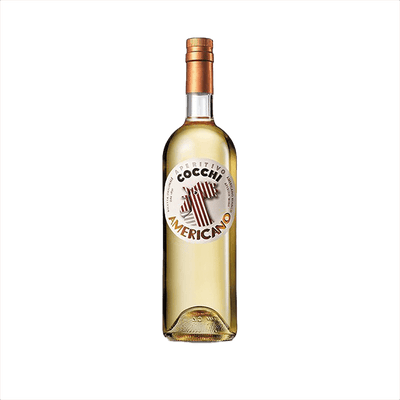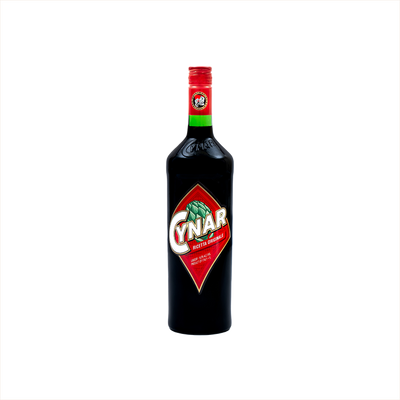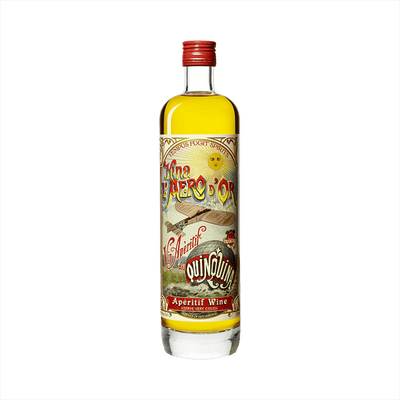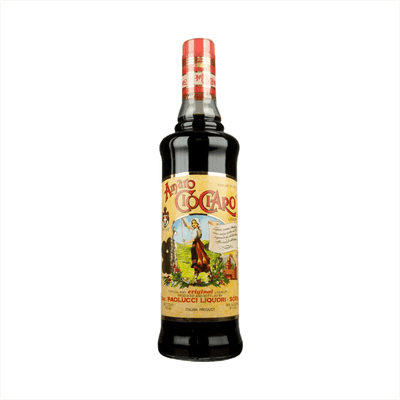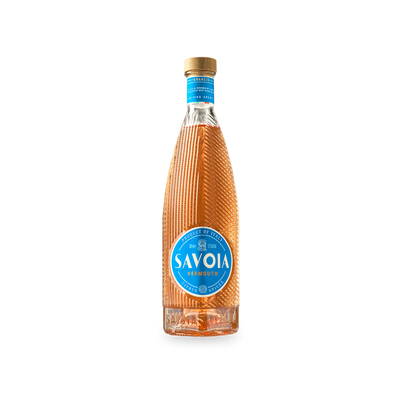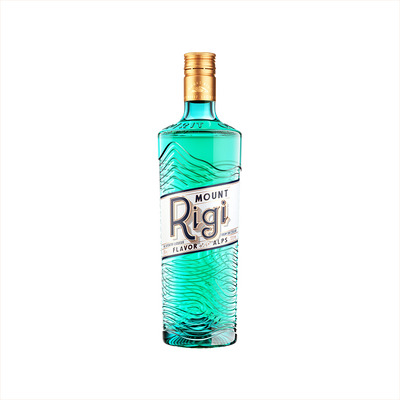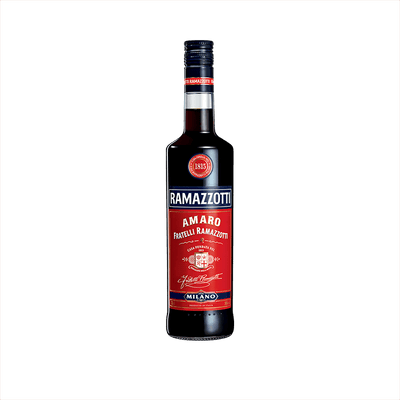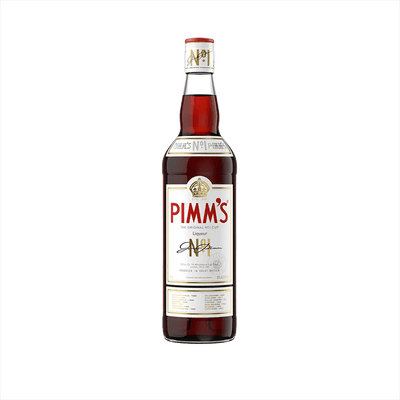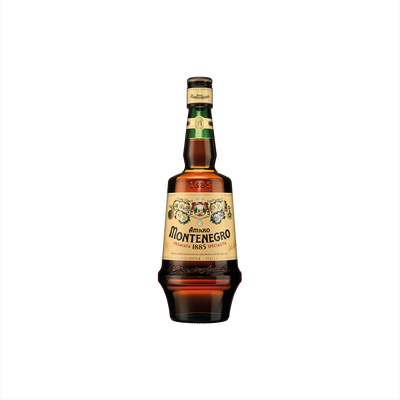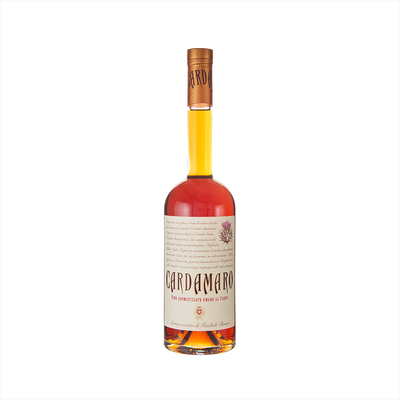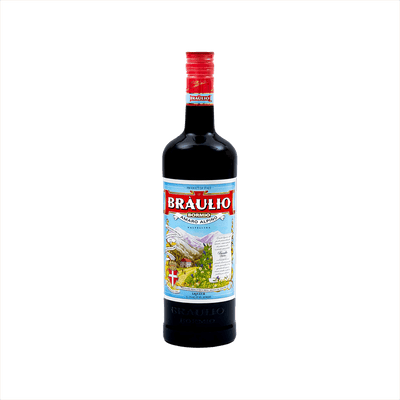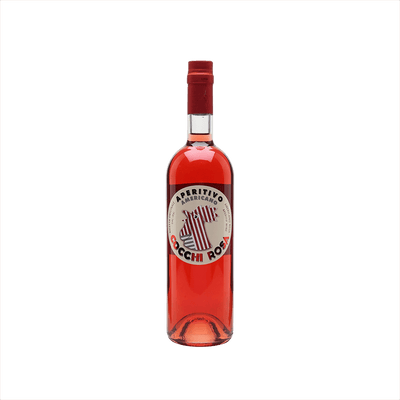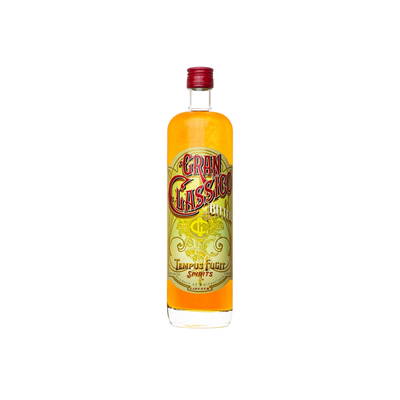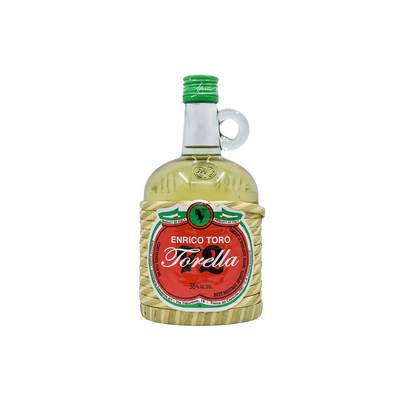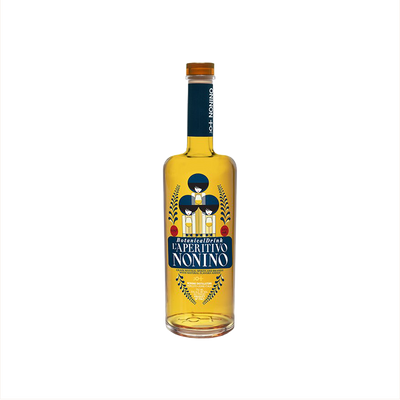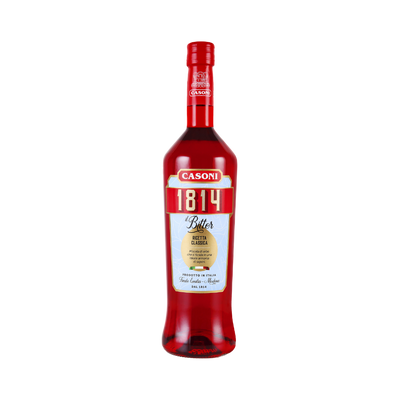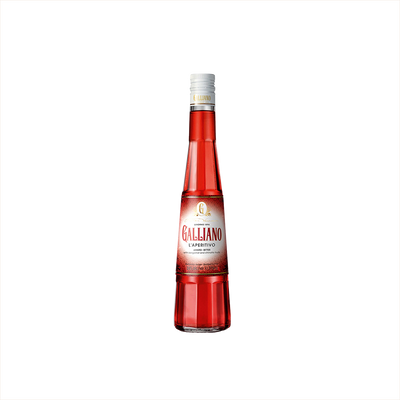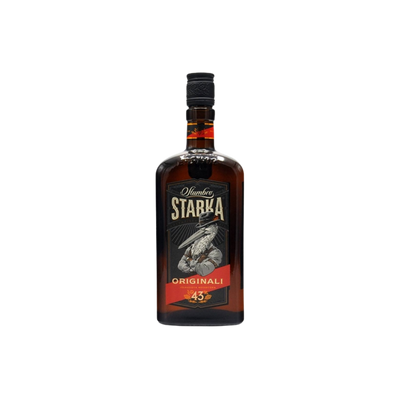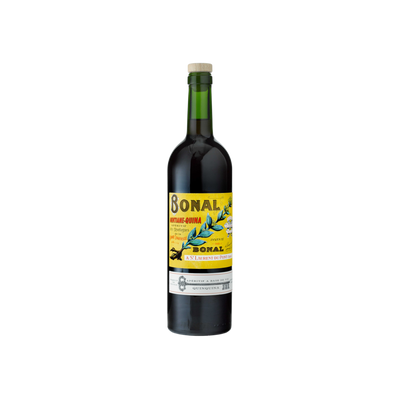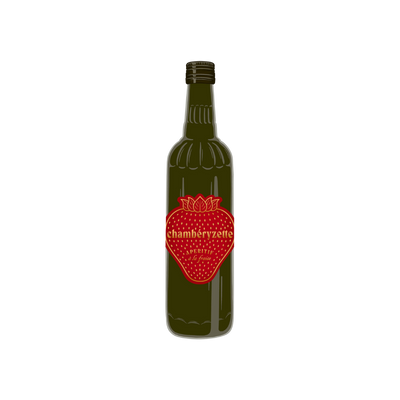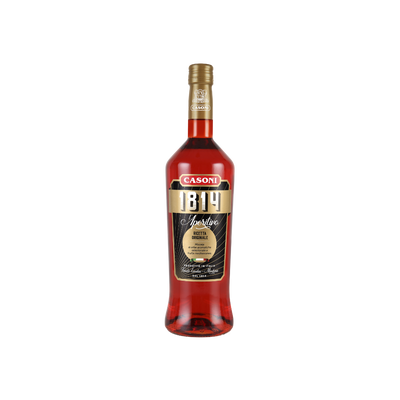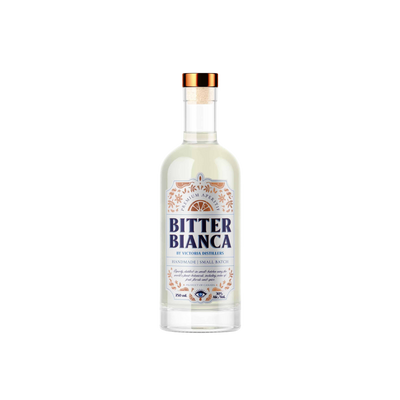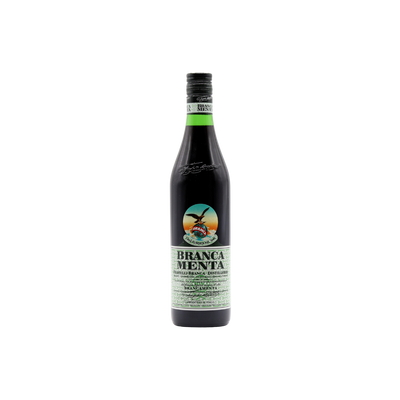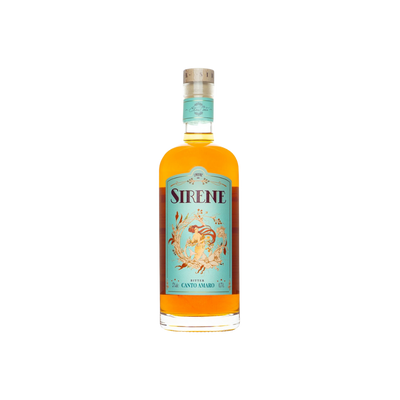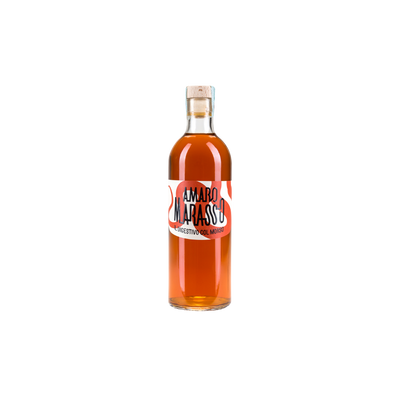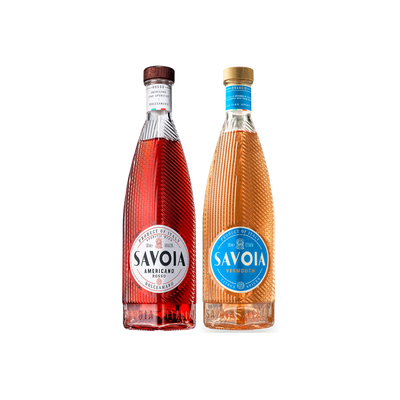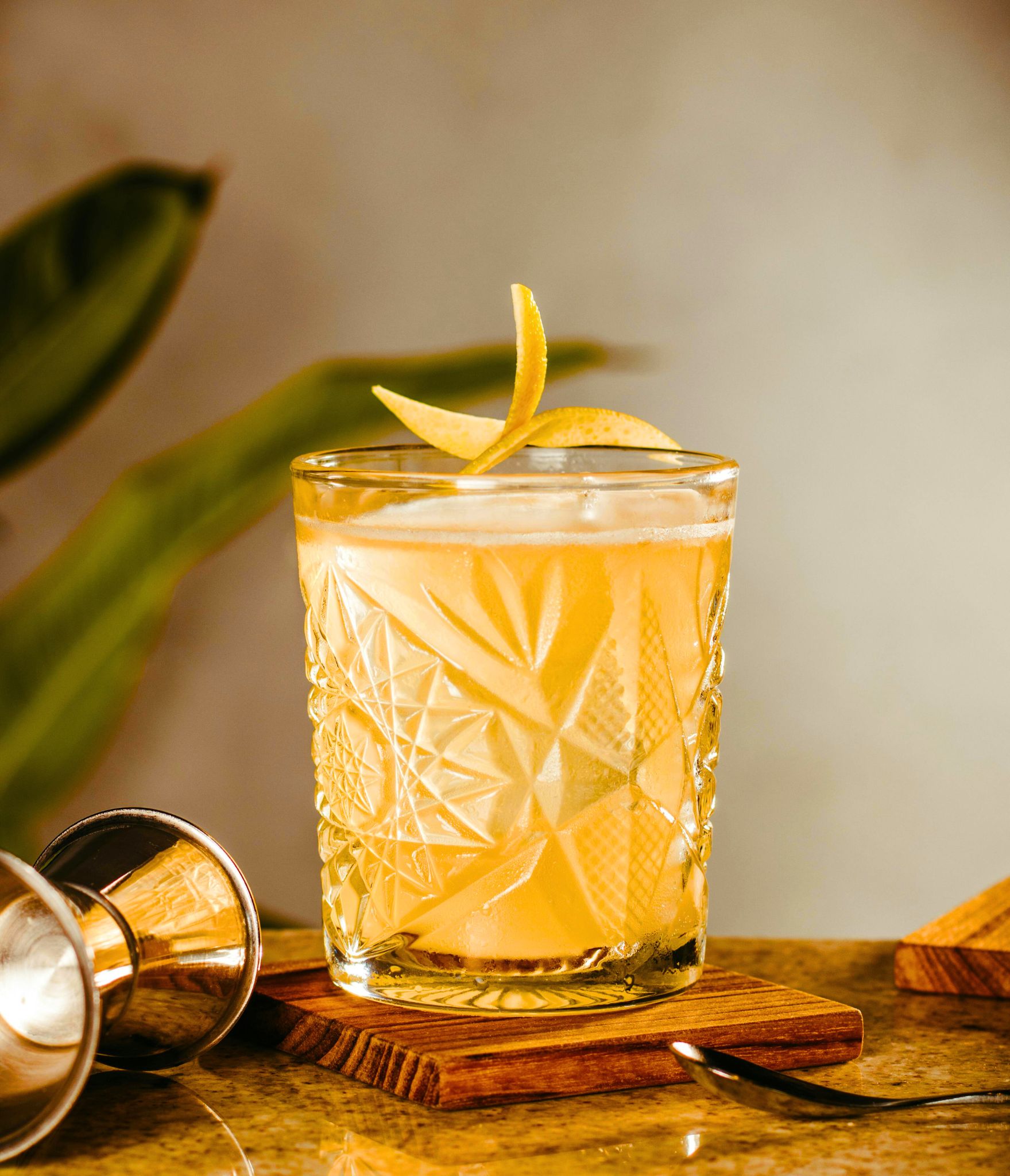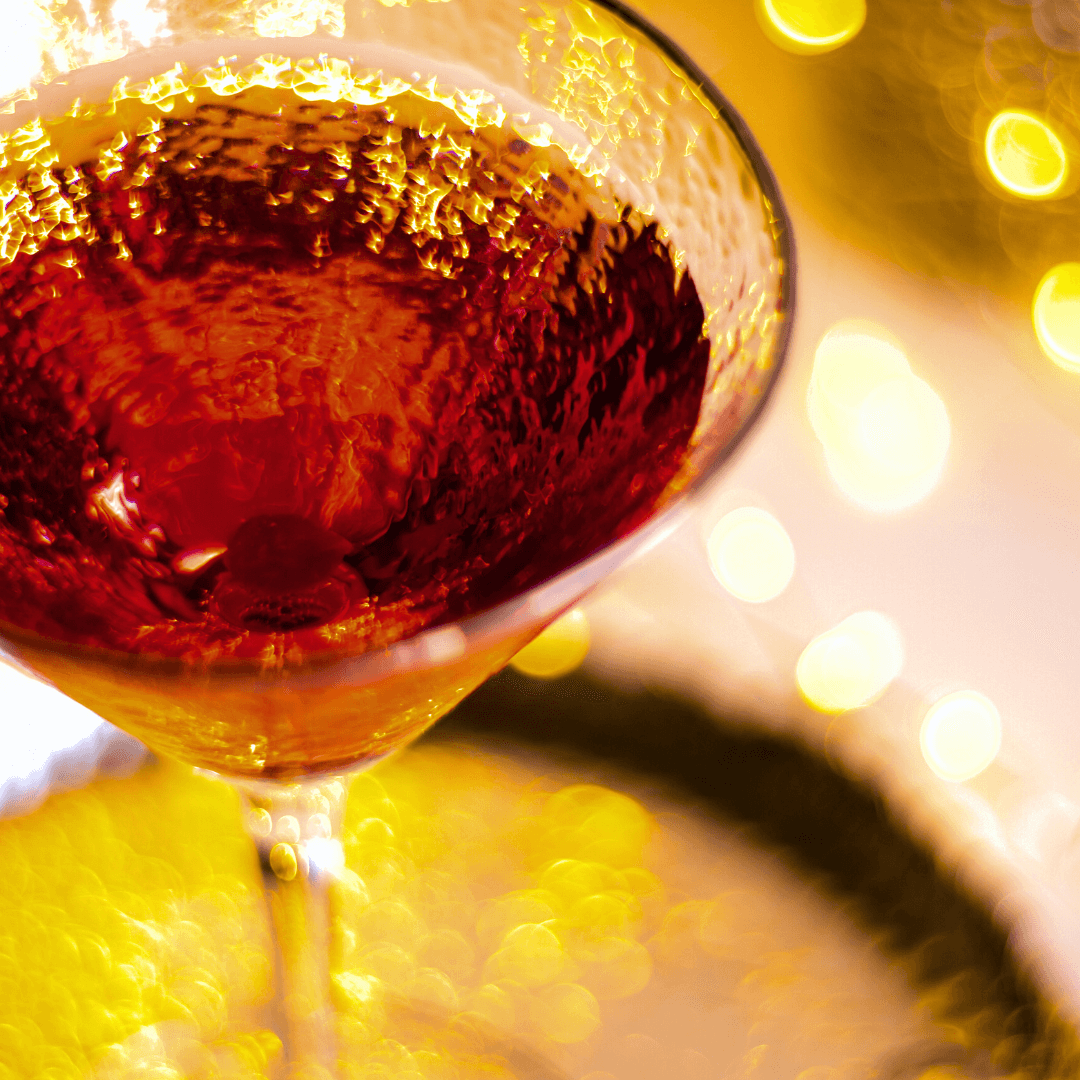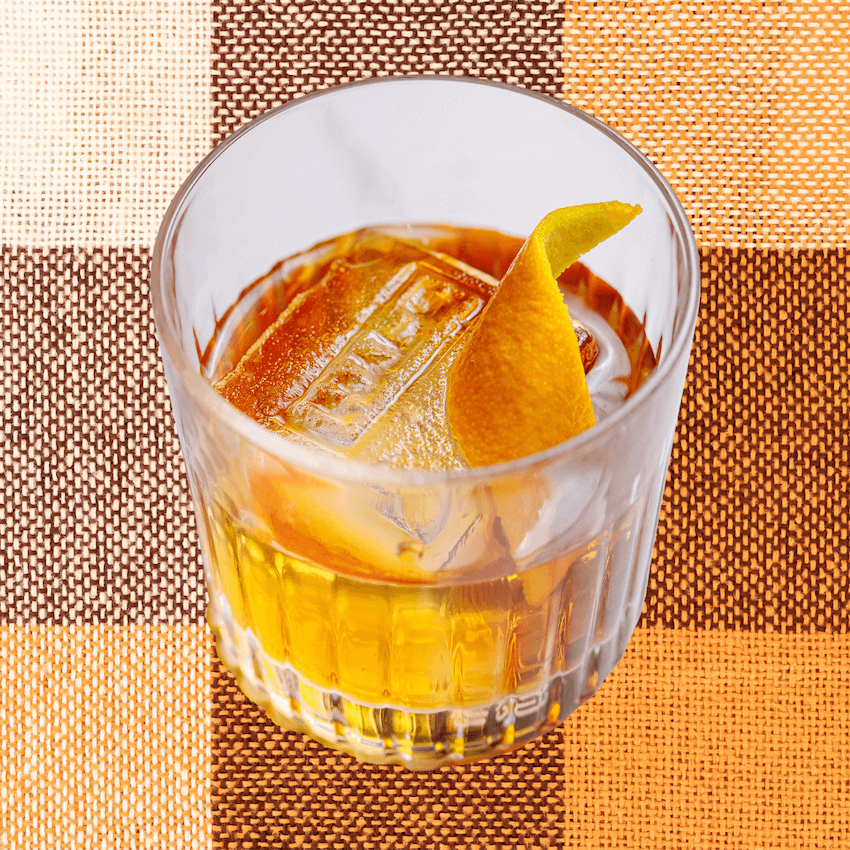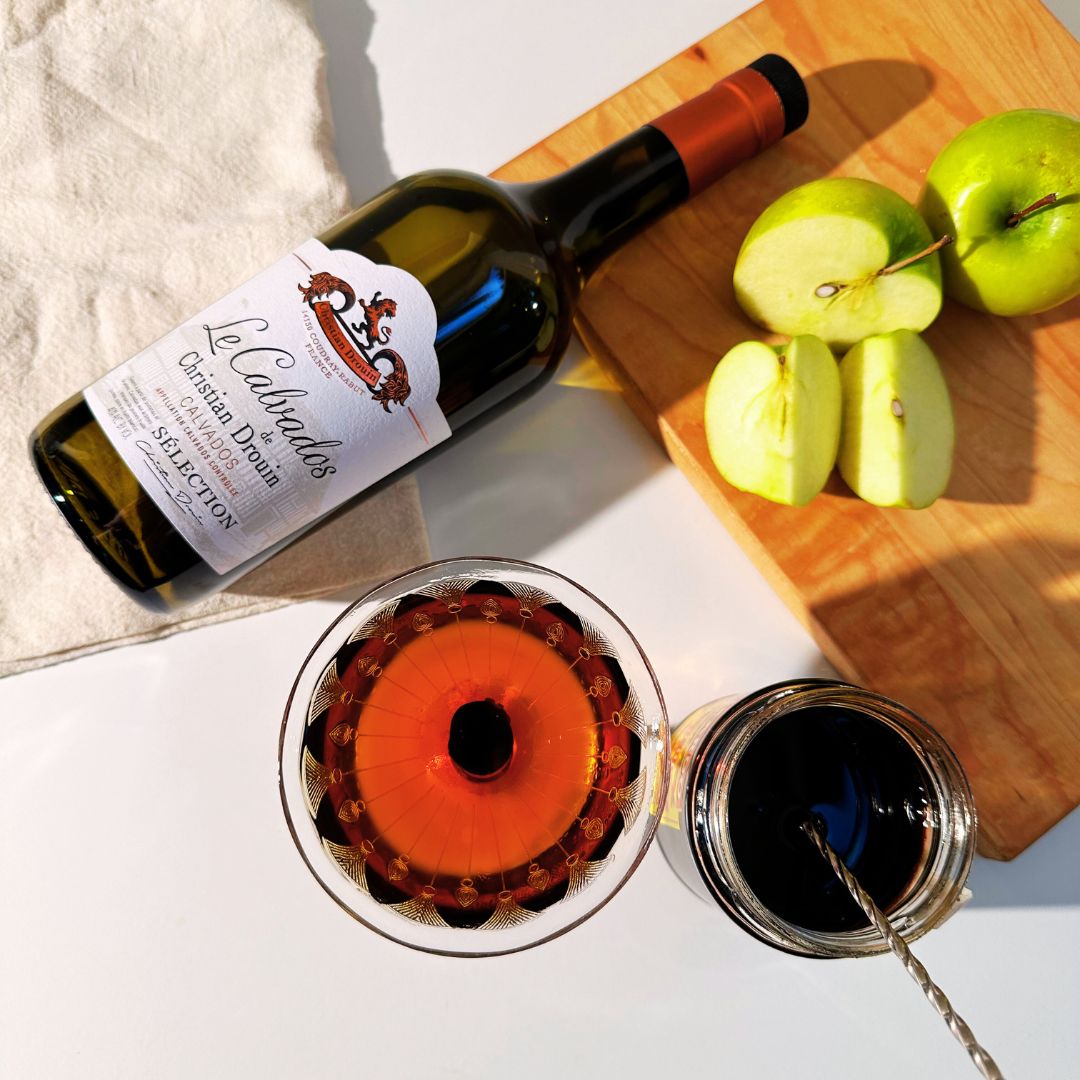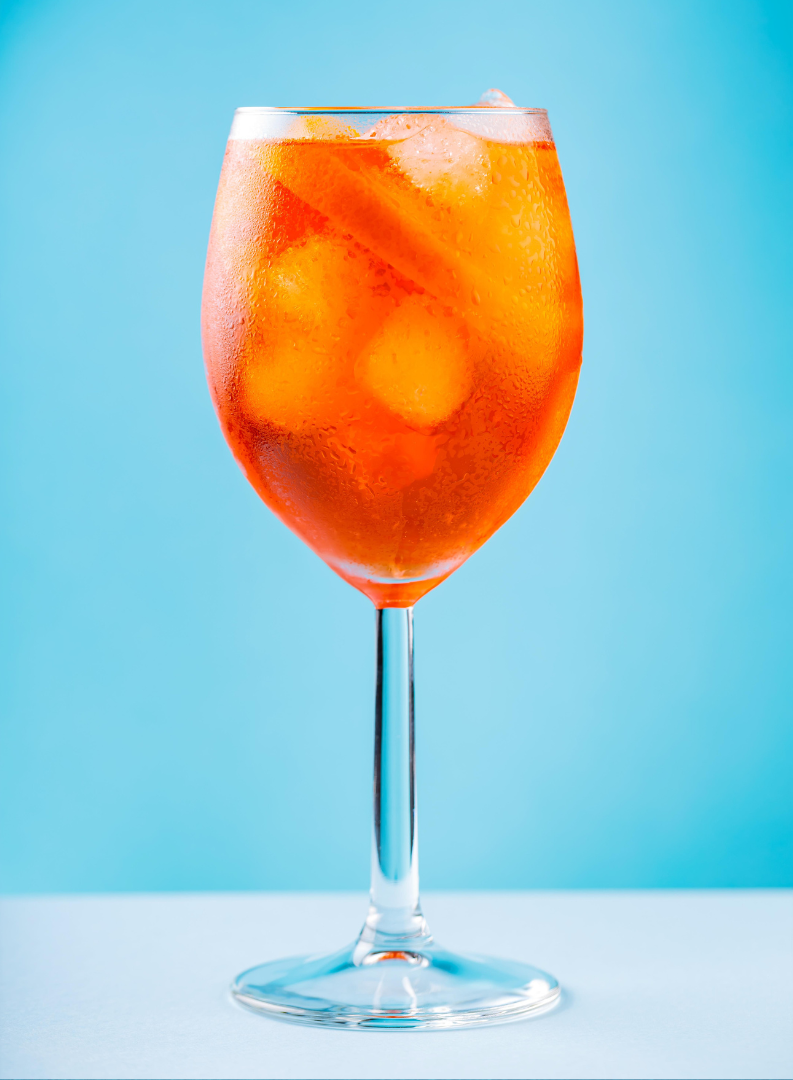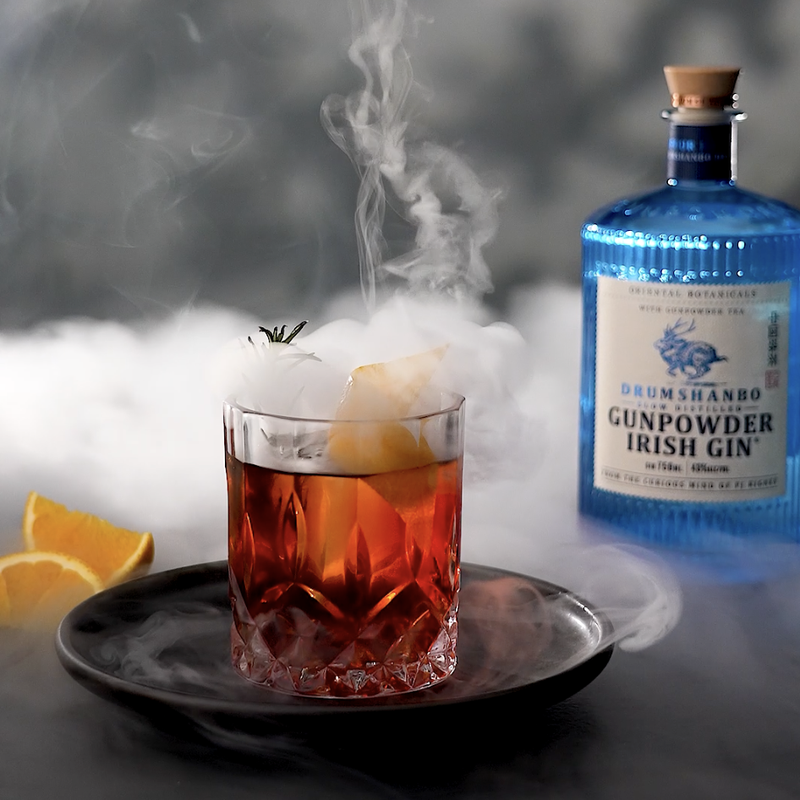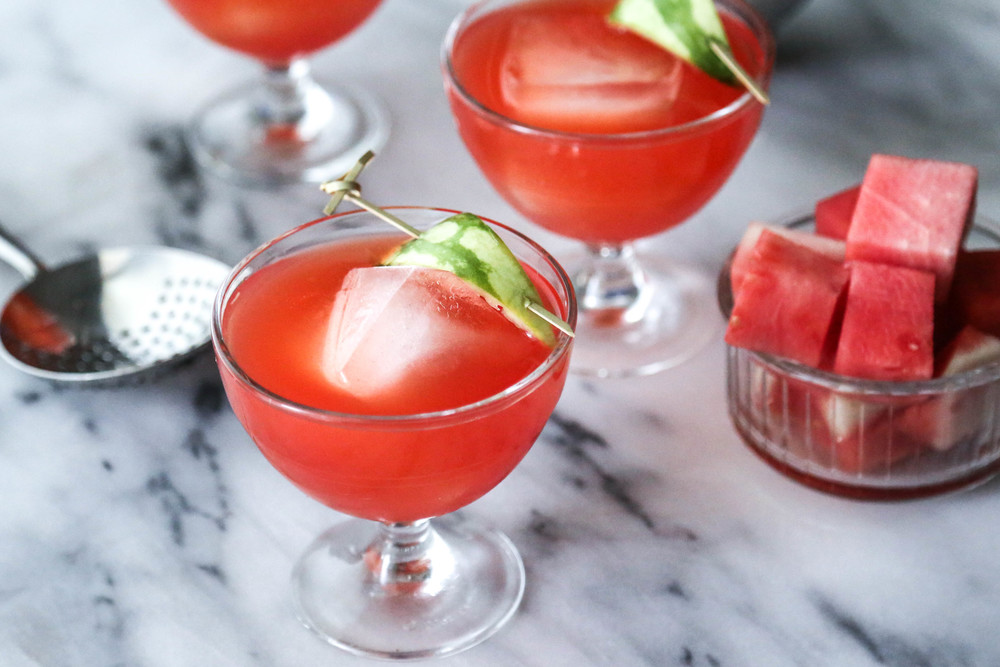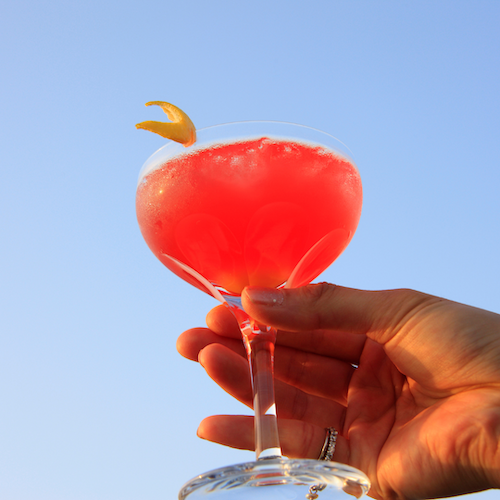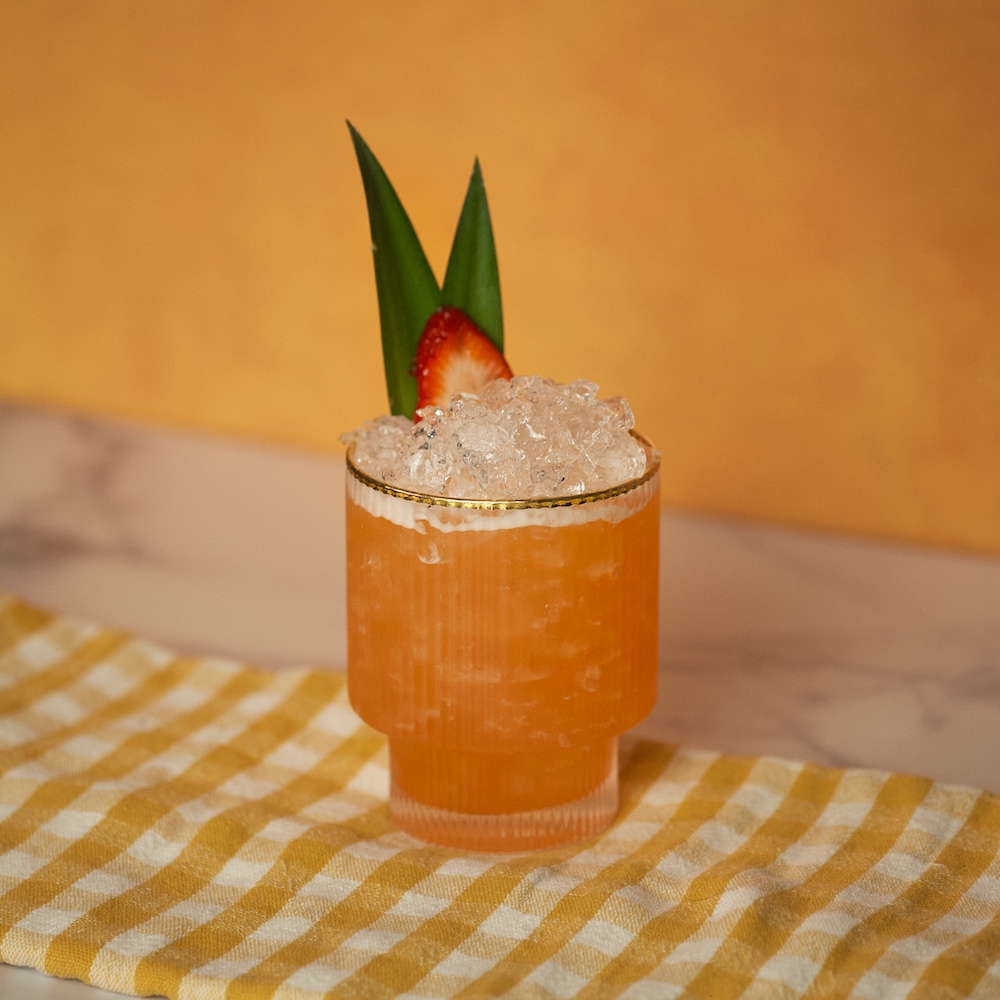Amari & Aperitifs
What are Amari & Aperitifs?
Amari and aperitifs are herbal liqueurs that are crafted through the infusion of botanicals like herbs, roots, citrus peels, and spices into a neutral alcohol base. These complex libations serve distinct purposes in Italian drinking culture—aperitifs like Aperol and Campari stimulate the appetite before meals with their bright, bitter-sweet profiles, while amari (the plural of amaro) aid digestion after dining with their deeper, more medicinal character. What defines this category is the artful balance of bitter and sweet elements, typically ranging from 16% to 40% alcohol by volume, creating drinks that can stand alone on ice or shine as essential components in classic cocktails like the Negroni or Boulevardier.
Learn More About Amari & Aperitifs
How are Amari & Aperitifs made?
Amari and aperitifs start with a neutral spirit or wine base that gets infused with a carefully guarded blend of botanicals—think bitter roots like gentian and chinchona, aromatic herbs, citrus peels, spices, and sometimes flowers. The magic happens through maceration, where these ingredients steep in the alcohol for weeks or months, extracting their essential oils and flavors before being filtered and sweetened to balance the bitter notes. Some producers age their amari in wooden casks to add complexity, while others rely on the interplay of fresh botanicals and time to create their signature profiles.
What do Amari & Aperitifs taste like? What do Amari & Aperitifs bring to cocktails?
Amari and aperitifs offer a complex playground of flavors that range from pleasantly bitter and herbal to sweet and citrusy, with each bottle telling its own story through botanicals like gentian, wormwood, orange peel, and dozens of secret herbs and spices. These Italian liqueurs typically hit your palate with an initial sweetness that gives way to a distinctive bitter finish, creating that "love it or hate it" moment that often turns into obsession once you develop the taste. In cocktails, they serve as flavor architects, adding depth and sophistication that transforms simple drinks into complex experiences – whether you're using Aperol for a bright, orange-forward spritz or Fernet-Branca to add that mysterious, medicinal backbone that makes bartenders swoon.
How do you drink Amari & Aperitifs? In what kind of cocktails do Amari & Aperitifs shine?
Amari and aperitifs work beautifully both neat and in cocktails, with many Italians sipping them straight as digestifs after dinner or as appetite-stimulating aperitivos before meals. These bitter-sweet spirits absolutely shine in classic cocktails like the Negroni, Boulevardier, and Paper Plane, where their complex herbal profiles add depth and balance to other ingredients. They also make fantastic low-proof spritzes when topped with prosecco and soda water, creating refreshing drinks that highlight their botanical complexity without overwhelming the palate.
What are fun ways to drink Amari & Aperitifs?
Amari and aperitifs shine beyond the glass in creative applications that highlight their complex herbal profiles. You can absolutely turn Aperol or Campari into sophisticated jello shots – just reduce the liquid slightly to account for the alcohol content – or freeze them into grown-up popsicles with a splash of prosecco for effervescence. These bitter-sweet spirits also work beautifully in desserts, from tiramisu made with Averna instead of coffee liqueur to chocolate truffles infused with Fernet-Branca, where their botanical complexity adds unexpected depth to sweet treats.
How have Amari & Aperitifs been depicted in culture?
Italian amari have become synonymous with la dolce vita lifestyle in films and literature, often appearing as the sophisticated digestif of choice in scenes depicting leisurely Mediterranean evenings and family gatherings. The iconic red hue of Aperol Spritz has practically become Instagram's unofficial summer drink, turning aperitivo hour into a global social media phenomenon that's spread far beyond Italy's piazzas. These bittersweet spirits frequently appear in modern cocktail culture as symbols of Old World craftsmanship and botanical complexity, with bartenders treating aged bottles of Fernet-Branca or Averna like prized artifacts that connect drinkers to generations of herbal wisdom.
Nutritional Information
Typical Calorie Range per Ounce: 60-120 calories
Typical Carbohydrate Range per Ounce: 8-20 grams
Typical Sugar Range per Ounce: 6-18 grams
Typically Gluten Free: Yes
Most amari and aperitifs are naturally gluten-free since they're distilled from various botanicals, herbs, and neutral spirits. The distillation process removes gluten proteins even when grain-based alcohol is used as the base. That said, some producers may add ingredients during the maceration or finishing process that could introduce gluten. Always check the specific product label and manufacturer information to confirm gluten-free status, especially if you have celiac disease or severe gluten sensitivity.
Keep in mind that these Italian digestifs and aperitifs tend to be higher in sugar content compared to straight spirits, which accounts for their sweeter profiles and higher calorie counts. The sugar content varies significantly between styles – lighter aperitifs like Aperol sit on the lower end, while rich, complex amari like Averna or Montenegro pack more sweetness per ounce.
Scrolled this far? Your reward? Amari & Aperitifs Trivia!
- The famous Aperol Spritz was actually invented as a marketing gimmick in the 1950s by the Barbieri brothers to compete with Campari. They hired a fleet of gorgeous models to tour Italian beaches serving the bright orange cocktail from custom Vespa sidecars, creating what became Europe's first viral drink trend decades before social media existed.
- Chartreuse gets its supernatural green color from chlorophyll extracted from the 130 different plants used in its recipe. Only three Carthusian monks alive know the complete formula at any given time, and they're forbidden from traveling together on the same plane, train, or car to protect the 400-year-old secret.
- Cynar artichoke liqueur was originally marketed as a health tonic for pregnant women in 1950s Italy. Advertisements claimed the cynarin compound in artichokes would help expectant mothers with morning sickness and liver function. The campaign was so successful that Italian pharmacies still stock it alongside actual medicine today.
- Campari's signature bitter taste comes from the dried bodies of cochineal insects, tiny bugs that live on cactus plants. It takes about 70,000 of these crimson critters to produce just one pound of the carmine dye that gives Campari its blood-red color. Vegetarians, you've been warned.
- Suze, the cult-favorite French gentian liqueur, was originally created by a distiller who got the idea after watching his cows get tipsy from eating fermented gentian roots in Alpine meadows. He noticed the cattle seemed particularly happy and healthy after their accidental binges, leading him to experiment with the same yellow mountain flowers for human consumption in 1885.
Higher-proof spirits can be intense. Sip slow, taste thoughtfully, and enjoy responsibly.
Gift message (optional)

